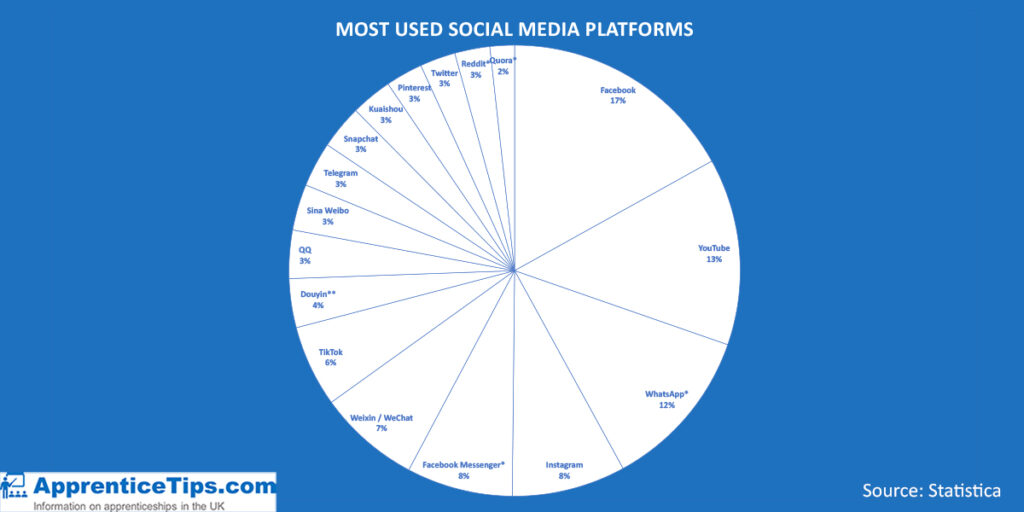Whether your an organic search beginner or expert, our White Hat SEO tips will benefit your search marketing far beyond 2022. Read on to find out how.
Wait, what is White Hat SEO?
“White hat SEO” are SEO tactics that follow search engine-approved guidelines. This article will outline what those tips are so you can ensure you’re playing by the rules too. Also known as Ethical SEO, they are the opposite of black hat SEO. We will speak more about those below.
Why is White Hat SEO important?
“White hat SEO” are is important because they set a standard, ensuring Search engine results pages (or “SERPs) contain high quality results, which users find valuable.
Also, not following SEO best practice may result in a lower ranking or Google even banning your website from their result pages altogether. You may also end up with a ban from other search engines too. A disaster for your paid and organic search traffic!
So, what are your top White Hat SEO tips?
The following White Hat SEO tips will ensure your domain stays in the good graces of search engine providers, and search engine users:
1. Optimise for humans, not for search engines
Resist the temptation to optimise for higher rankings, rather than for your end user. It is obvious when a page is set up with rankings instead of customers because the tone of the content sounds robotic. Instead write well-written, high quality for your web users. Doing so increases the odds of them becoming a repeat visitor. Great copy will boost your site credibility, which will result in a higher position on SERPs!
2. Use fresh, relevant content to attract better quality traffic
Poor quality, repetitive, commonplace content will result in a lower result on search engine results pages. Make sure you publish regular unique, relevant and interesting content on your website to contribute to better organic search results. Also make sure your content is free of typos!
3. Ensure you use a natural amount of keywords
Gone are the days when people could fill their webpages with keywords and see their website rank at number one. Now, search engine algorithms are much more sophisticated and savvy.
A webpage should contain a natural amount of keywords, so that the page copy reads well. But how much is a good amount you may ask? Industry best practice recommends about one keyword per 150 words.

4. Optimise images with alt attributes
Alt attributes allows you to add a text description to your images on a web page. They should be used for all images, as best practice.
Alt text is short for alternative text. If an image does not load due to a poor connection or error, the alt text will be displayed instead.
More importantly, alt attribute are vital for accessibility purposes. Web users with screen readers are able to understand what an image is displaying if you include alt attributes!
5. Link to relevant sites…
Linking to relevant sites helps search engine crawlers understand your website more. By looking at the sites you link to, and your internal links, search engines better understand what your business is about,
6. … And ensure backlinks are quality too
Ensure all inbound links are high quality. This is important because these backlinks act as a signal to search engines that a resource finds your content credible. Therefore if the sites linking to your websites are spammy or low quality, this implies to the search engine that your site is too!
7. Adhere to HTML structural best practice
Make sure your web pages are coded properly, using the appropriate tags. Think title tags, good quality meta descriptions and the other things that make up web pages. Well-structured web pages help crawlers to understand the structure of your site better, which may result in boosted rankings.
So there you have it! If you adhere to these White Hat SEO tips, your organic search results will be the best they can be.
P.S. DO NOT follow these Black Hat SEO methods
Make sure your web pages do not follow the tactics listed below, as doing so violates search engine rules:
- Poor Quality Content
- Keyword Stuffing
- Cloaking (presenting uses and search engines with different content)
- Sneaky Redirects to other websites or pages
- Duplicate Content
- Invisible Text
- Link farming & Irrelevant backlinks
- Blog comment spam


















